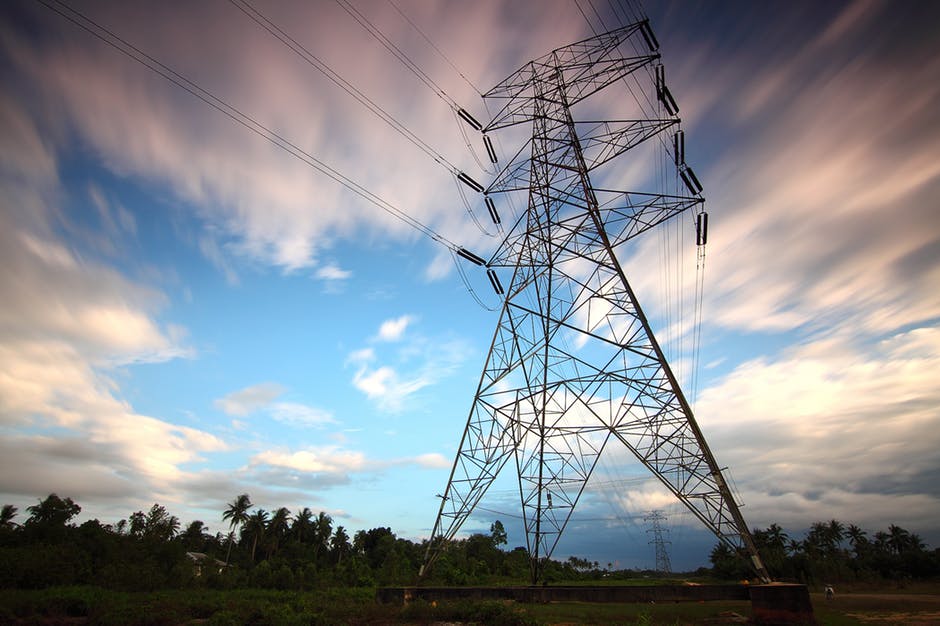(REPOST:Clean Energy)
This follows the long-term trend of decreasing peak and total yearly energy use, while the proportion of renewable generation continued to rise: 2017 smashed 13 clean energy records, low carbon generation exceeded fossil fuels, and the resulting trend for negative prices (as recent as last week in Germany thanks to high wind) looks set to continue.

Last year also saw a fall in the strike price for new offshore wind power to £57.50/MWh. Considering the government’s guaranteed price for Hinkley Point C is £92.50/MWh, it highlights just how competitive renewables, and particularly offshore wind, now are.
However, the system must be able to cope with the intermittency that all this cheap, carbon-free power brings.
Figure 1 shows the huge variation in demand over the year: from peaks of nearly 50GW on winter evenings, to troughs of around 17GW on summer nights. Figure 2 shows the average daily profile of consumption. In 2017, the prize for peak demand goes to 26 January, which came in at 49.76GW at 6pm. Compare this to the profile of 11 June, the day that the UK used the least energy: at 5am, it was 16.57GW. This swing of over 30GW presents many challenges for the system operator as more and more of the generation becomes intermittent and demand patterns shift: there is value in being flexible with one’s electricity consumption.
Historically, our electricity system has been built to cope with such peaks and paying for this network accounts for around 30% (and rising) of electricity bills. What if, by being a bit smarter about when we use our electricity, we could flatten the swing out a little? Or better still, align it to renewable generation?
This is where demand flexibility comes in, empowering consumers and playing a vital role in providing the responsiveness needed to cope with huge swings in renewable generation as it makes up more and more of the UK’s generation mix.


